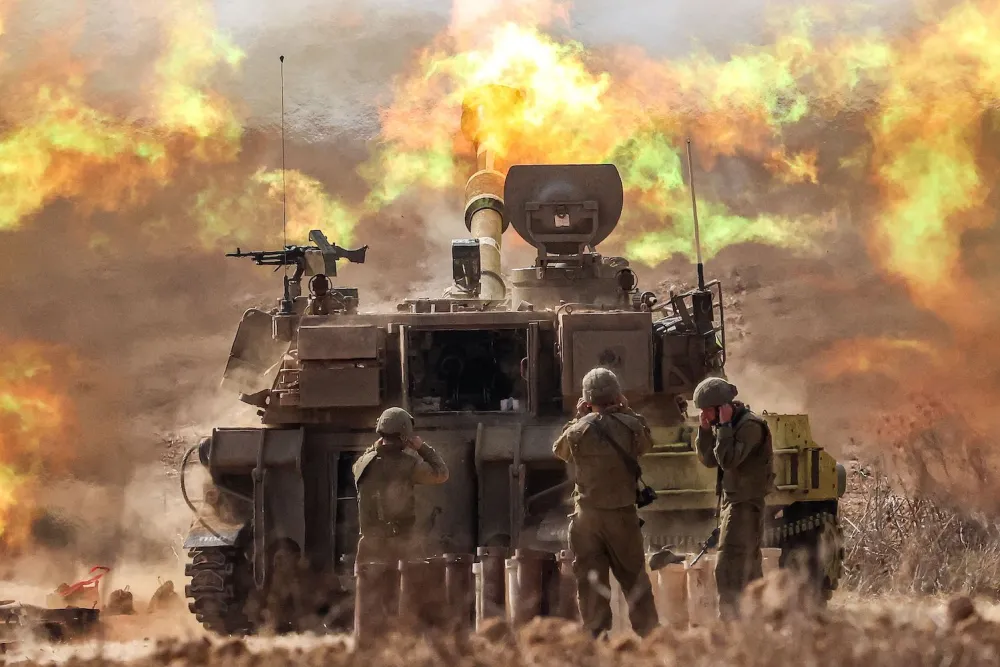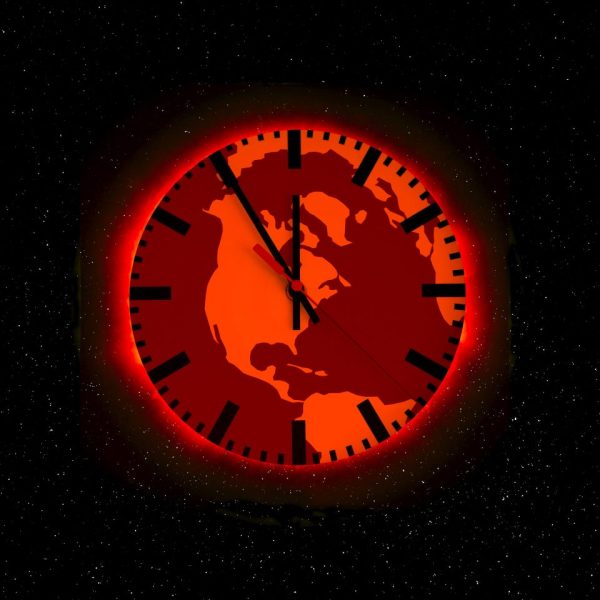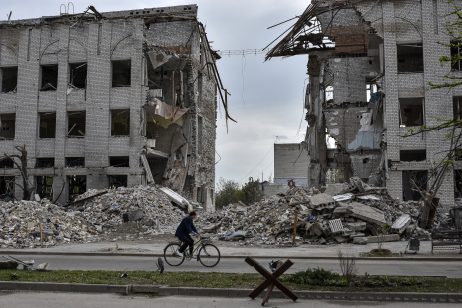
Jack Guez
An Israeli howitzer/tank firing near the Gaza border in southern Israel on October 11, 2023.
In a chilling turn, the world is on the edge of a huge conflict that could be worse than past horrors. The threat of World War III looms large, and the risk has never been greater.
Today’s world is a mix of powerful alliances, rising tensions, and clashing beliefs. The old rivalries among superpowers – the United States, Russia, and China – are at the core of this danger. Each seeks power and influence, making the mix more unstable.
Global peace hangs by a thread, and any misstep could spark a war of immense scale. With nuclear arms in play, the consequences could be dire for all. Thus, it’s crucial to understand and navigate this fragile balance to avoid unmatched devastation.

A new world war could quickly happen. Professionals say a return to times of great power fights. They believe the need for survival and the push for more power will guide world relations. These experts say the current global order, based on Western liberal values, favors the U.S. and its allies. Both Russia and China view this as a threat. Thus, Moscow and Beijing seek to establish their own power balance. They aim to bring in regional powers like India, Turkey, and Iran. This could lead to a shift in global alliances and cause more tensions. These moves by Russia and China could shape future events, creating a climate ripe for conflict.
On the contrary, the “liberal” supporters think that the multilateral institutions and democratic principles of the post-Cold War period have contributed to unparalleled stability and prosperity. Nevertheless, they deem that increasing nationalism, authoritarianism, and “kleptocracy” are the existential threats of this liberal world order. For them, the divide is not only geopolitical but a war of the ideological opposites—”democracy vs. totalitarian rule” and “freedom vs. oppression. “
The ongoing war in Ukraine, started by Russia, and the still burning conflict between Israel and Hamas in the Middle East have already made a hot place for the potential escalation. Alliances are being redefined, and NATO is under pressure to handle this new geopolitical landscape, which will challenge its unity. The ghost of a confrontation between the U.S. and China in the Asia-Pacific region increases the possibility of a war between them.

The aftermath of such a world war would indeed be the worst that ever was. Economically, the world would be shaken by the vast change that would occur, and the global finance center could move from London to New York, as happened during the last world war. The environmental consequences would be enormous: war resulting in the release of greenhouse gasses, pollution, and a decrease in biodiversity. Also, the number of people that would be left without homes and the possibility of an increase in the existing conflicts is too big to be counted.
With the escalating threat, the question remains: Do the lessons of the past get learned, or are we destined to go the way of World War III due to the challenging geopolitical ambition and ideological fervor? The choice is in the hands of those with the world at their fingertips.